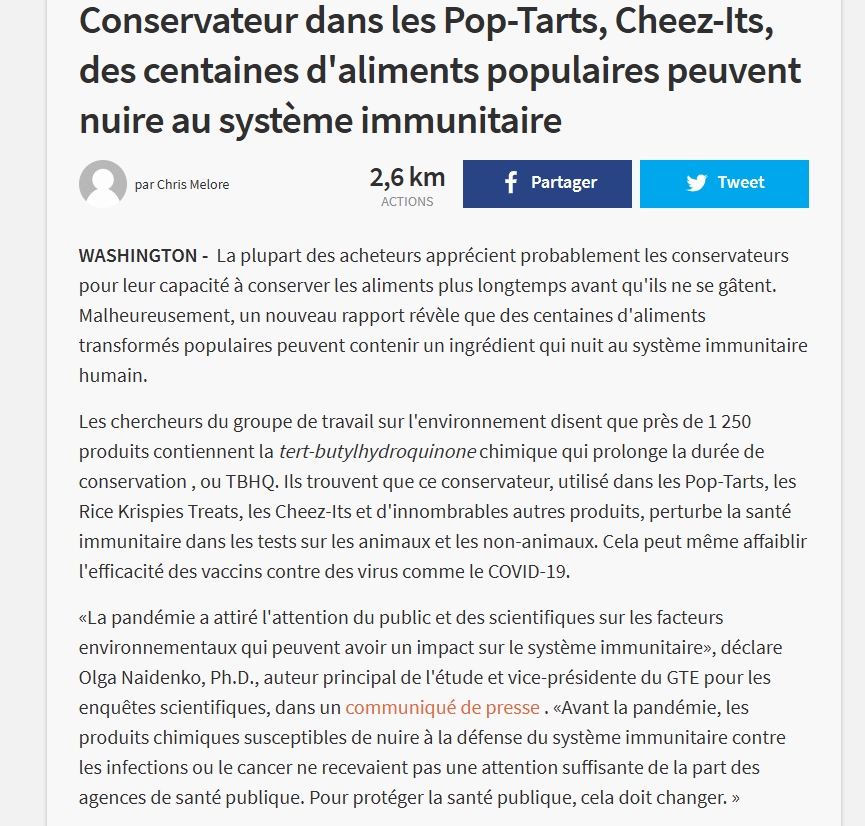Investigating Molecular Mechanisms of Immunotoxicity and the Utility of ToxCast for Immunotoxicity Screening of Chemicals Added to Food
by Olga V. Naidenko Int. J. Environ. Res. Public Health 2021, 18(7), 3332;
The development of high-throughput screening methodologies may decrease the need for laboratory animals for toxicity testing. Here, we investigate the potential of assessing immunotoxicity with high-throughput screening data from the U.S. Environmental Protection Agency ToxCast program. As case studies, we analyzed the most common chemicals added to food as well as per- and polyfluoroalkyl substances (PFAS) shown to migrate to food from packaging materials or processing equipment. The antioxidant preservative tert-butylhydroquinone (TBHQ) showed activity both in ToxCast assays and in classical immunological assays, suggesting that it may affect the immune response in people. From the PFAS group, we identified eight substances that can migrate from food contact materials and have ToxCast data. In epidemiological and toxicological studies, PFAS suppress the immune system and decrease the response to vaccination. However, most PFAS show weak or no activity in immune-related ToxCast assays. This lack of concordance between toxicological and high-throughput data for common PFAS indicates the current limitations of in vitro screening for analyzing immunotoxicity. High-throughput in vitro assays show promise for providing mechanistic data relevant for immune risk assessment. In contrast, the lack of immune-specific activity in the existing high-throughput assays cannot validate the safety of a chemical for the immune system.














